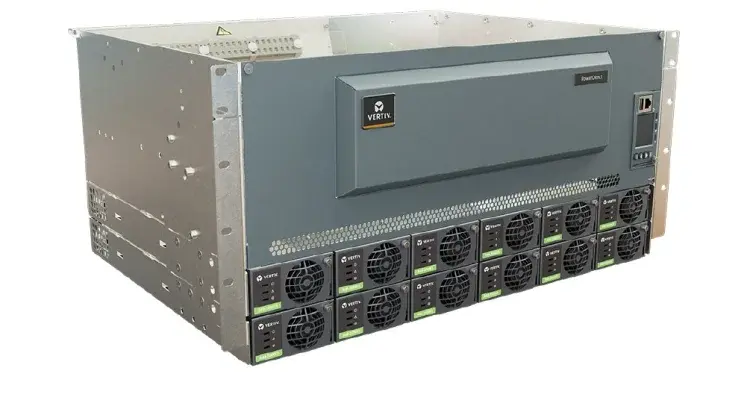With 5G deployments rapidly gathering momentum globally, Ericsson has launched NR software and hardware solutions to extend network capacity and coverage, enabling smooth network evolution and facilitating new consumer and industry use cases
In addition to extending deployment possibilities, 5G standalone NR software aims to make for new network architecture, delivering major benefits such as ultra-low latency and even better coverage.
Ericsson is evolving its cloud solution with an offering optimised for edge computing to meet user demand. This is set to enable service providers to offer new consumer and enterprise 5G services such as augmented reality and content distribution at low cost, low latency and high accuracy.
Fredrik Jejdling, executive vice-president and head of business area networks at Ericsson, said, “These new solutions will allow them to follow the 5G evolution path that fits their ambitions in the simplest and most efficient way.”
Coupled with Ericsson’s 5G dual-mode Cloud Core solutions, the new products are aimed at opening new business opportunities for service providers, establishing an architecture that facilitates agility, provides advanced support for network slicing and enables the speedy creation of new services.
Most operators are expected to start with NSA and once the 5G coverage has been established, also deploy standalone.
Low bands will play a major role in cost-efficiently extending the coverage provided by 5G deployments to date. Ericsson has launched Inter-band NR Carrier Aggregation – a new software feature that extends the coverage and capacity of NR on mid- and high bands when combined with NR on low bands. This will improve speeds indoors and in areas with poor coverage.
Two new Massive MIMO radios have been added to the Ericsson Radio System mid-band portfolio, allowing service providers to build 5G with precision: AIR 1636 for wider coverage which provides optimized performance on longer inter-site distances; and AIR 1623 for easy site build with a minimal total cost of ownership.
For distributed cloud services
To help service providers meet these requirements and offer new consumer and enterprise services, Ericsson is evolving its cloud solution with the launch of Ericsson Edge Network Functions Virtualisation Infrastructure (NFVI), optimised for the network edge.
A compact and highly efficient solution, Ericsson Edge NFVI is part of the end-to-end managed and orchestrated distributed cloud architecture, which makes it possible to distribute workloads, optimize the network and enable new services in the cloud.






















